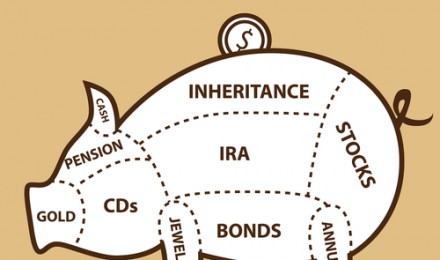With tax return day drawing near, many taxpayers have been busy at work accumulating receipts , statements, canceled checks and other documentation to support tax deductions and tax credit for items they hope will bring them a tax break. Taxpayer need to have a clear understanding of the difference between a tax deduction and a tax credit tax because one can yield considerably more value than the other.
Tax Deduction
A tax deduction lowers a filer’s taxable income and is taken after figuring out the final income has been determined. The value of tax deductions depend on the taxpayer’s marginal tax rate, which increases as income rises.
Tax deductions cannot reduce the taxable income below zero. In other words, the value of a tax deduction is limited to the taxpayer’s tax obligation prior to applying the deduction.
You have two levels of deductions:
- Above-line deductions – refer to expenses that are subtracted to determine your adjusted gross income (AGI), such as moving expenses, Archer Medical Savings Accounts or Health Savings Accounts. In addition, above-line deductions include contributions made to traditional IRAs and qualified retirement plans, such as 401(k), 403(b) and 457 plans. On the back side of Form 1040, taxpayers can take a second round of deductions—either the standard deduction or itemized deductions.
- Standard deduction – The IRS provides the standard deduction amount for the tax year. It depends on your filing status. Here are the standard deductions for most filers:
- Single or Married filing separately – $5,950
- Married filing jointly or Qualifying widow(er) with dependent child – $11,900
- Head of household – $8,700
Itemized deductions –To determine your itemized deductions, add up the deductions you would itemized on Schedule A. Enter the larger number—standard deduction or itemized deductions– on your tax return.
Here are the categories for eligible itemized deductions:
- Medical and dental expenses
- Deductible taxes
- Home mortgage points
- Interest expense
- Charitable contributions
- Miscellaneous expenses
- Business use of home
- Business use of car
- Business travel expenses
- Business entertainment expenses
- Educational expenses
- Employee business expenses
- Casualty, disaster, and theft losses
As a general rule, filers should use tax deductions for things that represent reductions in the capacity to pay tax, such as a natural disaster or casualty loss.
Tax Credit
A tax credit directly reduces a filer’s tax liability dollar for dollar. The actual value of the credit depends on your tax bracket. For example, a taxpayer in the highest tax bracket of 39.5 %, a $2,000 tax deduction lowers the tax bill by $790. A tax credit reduces the tax obligation the full $2,000 regardless of the filer’s tax bracket.
Credits have the same value for all taxpayers with tax liabilities that are at least equal to the credit. Some tax credits refundable and cannot be limited by tax liability.
Whether its personal or business items, if you seek to qualify for a tax reduction or tax credit, possessing an awareness of the difference between the two ensures you take maximum advantage of both to help lower your taxable income.







